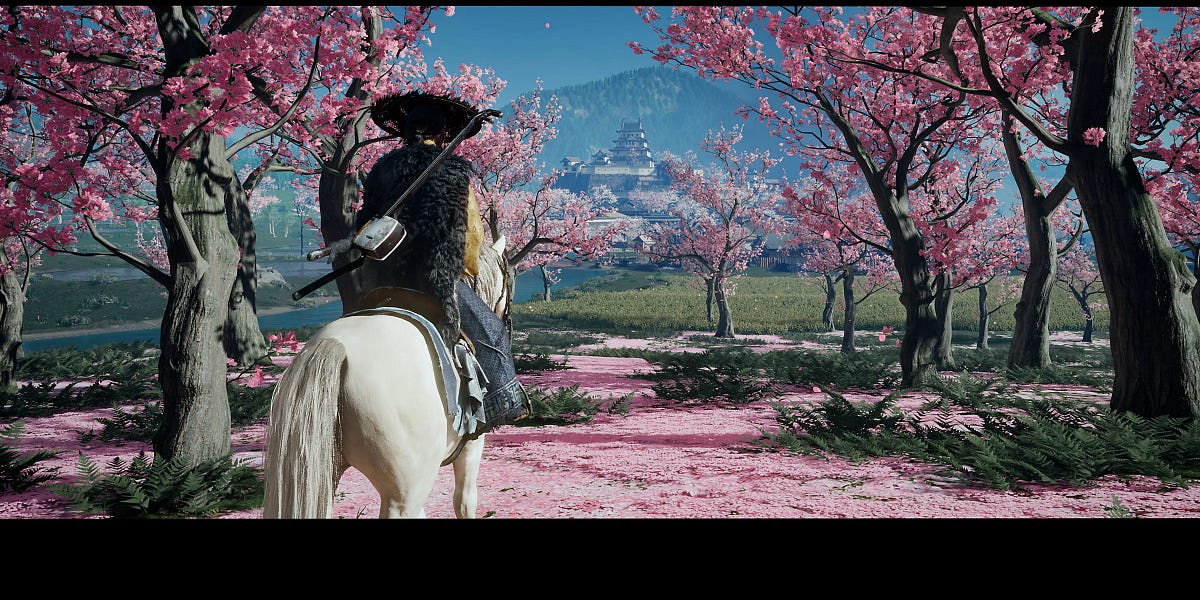IbizaPocholo
NeoGAFs Kent Brockman

Assassin’s Creed Shadows – Deep Dive Into the Nintendo Switch™ 2 System Port
Bringing one of Ubisoft’s most ambitious open worlds to Nintendo Switch™ 2.
Assassin's Creed Shadows comes to Nintendo Switch™ 2 on December 2nd, and we couldn't be more excited to bring Naoe and Yasuke's journey in feudal Japan to wherever you like to play, whether that's on TV or on the go.
All title updates released to date will be available at launch on Nintendo Switch™ 2, with the exception of the Claws of Awaji expansion, which is scheduled for February 2026. This version supports cross-progression via Ubisoft Connect, ensuring you can continue your journey seamlessly across platforms.
Behind the scenes, bringing such a large and detailed open world - originally developed for current-gen home consoles - to Switch™ 2 required one of Ubisoft's most ambitious technical undertakings to date. The result is a seamless, high-fidelity experience, whether you're playing in handheld or docked mode.
"Bringing Shadows to Switch™ 2 was one of the toughest but most rewarding challenges I have ever tackled," says Bruno. "We had to rethink almost everything, from the way the world is rendered to how systems interact, all while keeping the soul of the game intact."
The team's top priority was keeping the game visually stunning. Assassin's Creed Shadows was praised for its immersion and sense of scale, and players needed to feel that same magic on Switch™ 2. But actually delivering that magic while keeping our framerate target of 30 FPS in both docked and handheld modes required a careful balancing act.
For example, we're using the same cloud and cloth simulation systems, but we've optimized certain elements for the ARM processor and downscaled simulation data where needed to reduce GPU load, all while preserving visual fidelity.
Additionally, while the Switch™ 2 supports ray-traced Global Illumination, we opted to use our solid baked Global Illumination system (which we also use for low-spec PC setups and Xbox Series S versions), mainly for RAM memory reasons. This approach lets us preserve the overall experience as much as possible.
The team also used Deep Learning Super Sampling (DLSS), a technology that leverages sophisticated artificial intelligence algorithms to generate high-resolution visuals from lower-resolution images.
In the end, this results in a sharper image, with more accurate colors, improved textures, and fewer visual anomalies. Performance is also smoother, offering higher FPS through upscaling, better fluidity, and reduced latency.
Last edited:


















